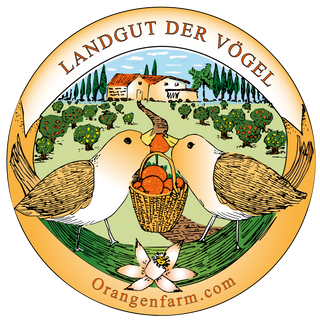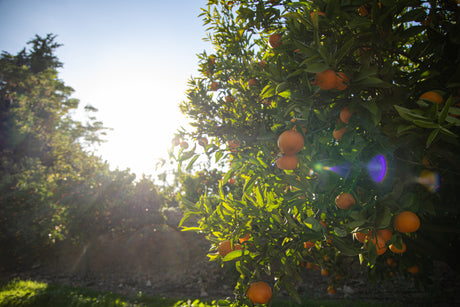Sweet pepper ground / Pimentao doce em pó
Sweet pepper ground / Pimentao doce em pó - 100 g is backordered and will ship as soon as it is back in stock.
Sweet paprika powder is often used in sauces, braised dishes, poultry and fish dishes, potato and vegetable soups, egg, vegetable and cheese dishes. It goes well with stir-fries, cream, quark and cheese. Peppers should not be fried directly as they will burn and become bitter.
It is therefore better to add it a little later, after frying.
Sweet paprika powder has a fruity sweetness, tastes highly aromatic and soft. It consists mainly of dried pulp and contains only a few ground seeds.
-
Herkunft
-
Mindest haltbar bis
-
Verpackung
-
Tipp
-
Allgemine Hinweise
Artikel generell: Kühl, trocken und dunkel.
Obst und Gemüse: Wie alles Obst und Gemüse möchte dieses kalt gelagert werden.
Optimal: Die Früchte im Kühlschrank bei 1-6°C lagern.
Zitrusfrüchte sind Winterfrüchte und wollen es immer kalt!
Kühl, luftig und trocken, aber nicht wochenlang.
Optimal: Die Früchte im Kühlschrank bei 1-6°C lagern.
Nicht gut: unbeachtet in der Transportschachtel.
Die Kartons sind gut für den Transport, aber nicht zum Lagern!
Delivery from March 13th, 2024 +/- 1-2 working days for Germany.
Delivery on the delivery date shown for neighboring EU countries in the delivery; usually + 1- 6 working days.








